Japanese Sake: Rice Wine Facts, Types, and How to Enjoy Them

Japanese traditional sake brewing was officially registered as a UNESCO Intangible Cultural Heritage on December , 2024.In this article, we introduce basic facts about Japanese sake, types, famous sake brands, and tips on how to enjoy them.
Japanese Sake Guide
Japanese sake, or rice wine, is an alcoholic beverage made from fermented rice. Japanese sake is often called Nihonshu in order to differentiate it from other alcoholic beverages, which are all collectively called "sake."
Japanese traditional sake brewing was officially registered as a UNESCO Intangible Cultural Heritage on December , 2024. The project includes various alcoholic beverages such as sake, awamori, and shochu. It is expected that sake, which is gaining increasing attention from countries around the world, will once again spark a revival.
In this article, we introduce the main features of Japanese sake, varieties, famous brands, and sake-producing areas where visitors can enjoy brewery tours.
Japanese Sake Guide
1. Japanese Sake Facts: Alcohol Content and Taste
- Sake Cups and Vessels
- Sake and Japanese Cuisine
- Sake in Japanese Culture
2. Differences Between Nihonshu and Seishu
3. Sake Types: Junmai-shu, Ginjo-shu, and Honjozo-shu
4. Sweet Sake and Dry Sake
5. More on Sake Sweetness: Tanrei Amakuchi and Kunshu Amakuchi
6. Ways to Enjoy Sake: Hot, Cold, and Others
7. Famous Sake Brands
8. Regions in Japan Famous for Sake Production
1. Japanese Sake Facts: Alcohol Content and Taste
The alcohol content of sake is between 13% and 17% and the beverage is meant to be enjoyed in small quantities; the recommended amount of sake to be enjoyed in one sitting is 180 ml.
The flavor of sake is often described as mild and floral; it has no bitterness and only a little acidity or astringency.
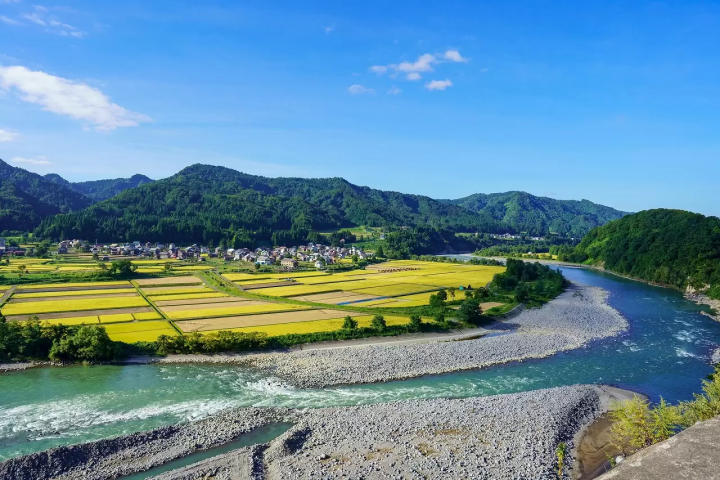
Rice paddies in Niigata and the Shinano River. Photo by Pixta
In producing sake, the quality of the water and rice heavily influences the taste. That is why sake breweries tend to be located in regions renowned for their clear water and excellent rice such as Niigata or the Noto Peninsula.
Sake Cups and Vessels
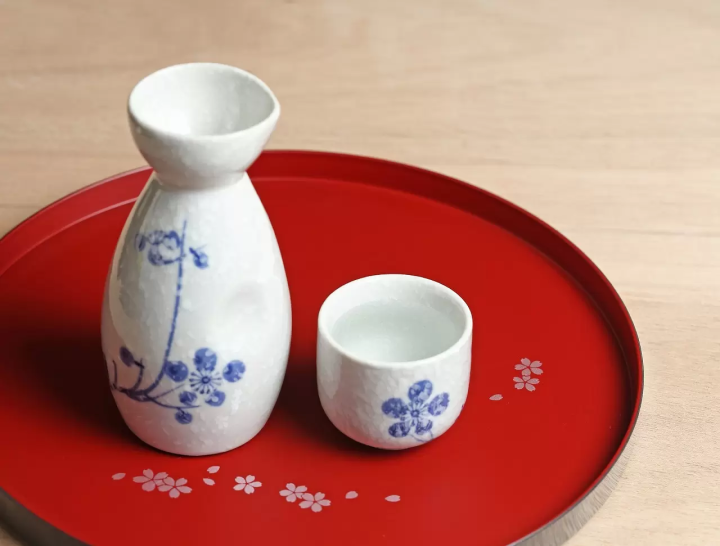
Tokkuri flask and ochoko cup. Photo by Pixta
In casual settings, sake is served in small cups called ochoko, which can be made of glass or ceramics. The beverage is poured from a small bottle-shaped flask called tokkuri, made from the same materials as the ochoko.
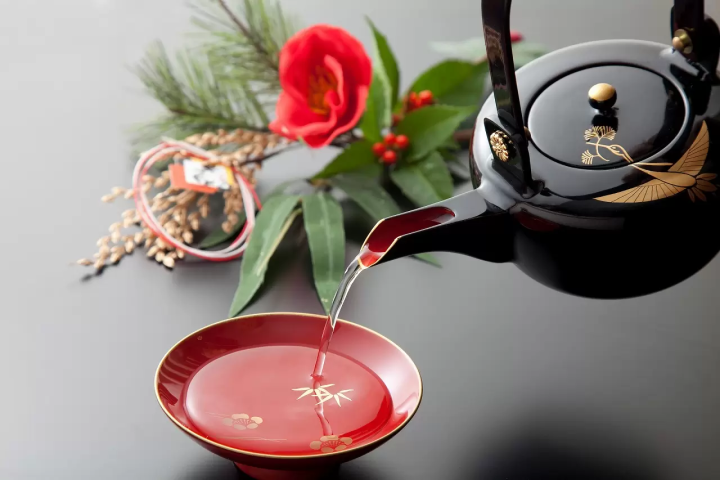
Sake being poured into a sakazuki cup. Photo by Pixta
In ceremonial settings and at celebrations such as New Year's, it is customary to use lacquerware flat cups called sakazuki.

Sake cup in a masu container. Photo by Pixta
Sometimes, rectangular vessels called masu are used in order to let the sake overflow from the cup. That surplus is considered auspicious.
The masu was originally not as a sake vessel but a measuring cup for items like rice. It gradually started being used as a sake container and it is particularly valued as a vessel for celebratory sake served at festive occasions due to the belief that it dispels evil spirits.

Sake pairing at Sudo Honke Brewery. Picture courtesy of Rakuten Travel
On the other hand, award-winning sake is often served in wine glasses, especially when paired with refined cuisine. Wine glasses allow guests to appreciate the fragrance, the texture, and the flavor of premium sake.
Read also
Sake and Japanese Cuisine
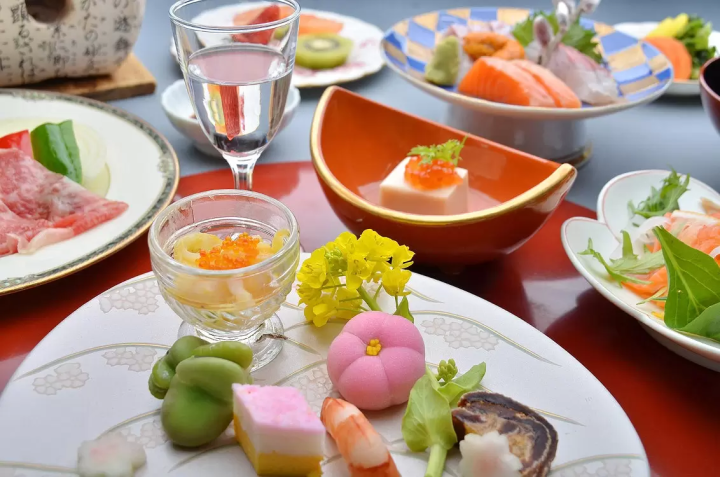
Japanese kaiseki cuisine and sake. Photo by Pixta
Sake is usually enjoyed along with Japanese cuisine: seafood sashimi, vegetable dishes, grilled fish and meat dishes, and other side dishes.
Cooked rice is considered an inhibitor to sake, which is why in Japanese course menus, the rice is brought in only at the end, after the guests had their fill of delicious sake consumed along with the side dishes.
Sake in Japanese Culture
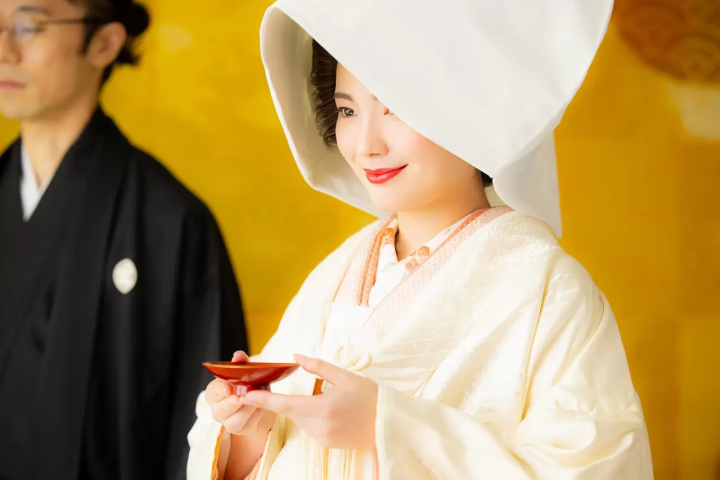
Japanese bride holding a sakazuki cup. Photo by Pixta
More than just an alcoholic beverage, sake plays an important cultural role. It is often used in Shinto rituals as an offering to the deities, used for purification, or ritually shared among participants. For example, at a traditional wedding ceremony, the bride and groom share three cups of sake.
Moreover, sake's role in bringing people together cannot be overstated. In addition to bringing joy to gatherings, Japanese sake is believed to facilitate communication. To strengthen relationships with business partners, it is common for Japanese individuals to host them for a meal complemented by high-quality sake.
2. Differences Between Nihonshu and Seishu
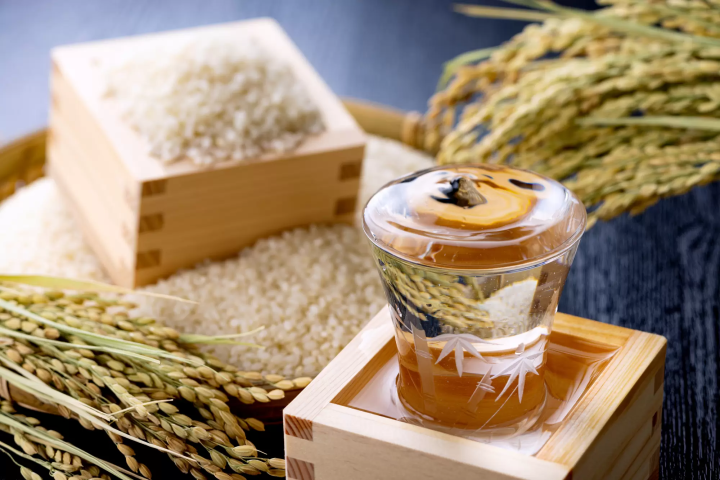
Photo by PIXTA
When discussing sake, the word seishu is sometimes used. Japan's Liquor Tax Act legally defines each word as follows:
- Seishu: Sake that's been fermented using rice, rice koji (cooked rice inoculated with a fermentation culture, Aspergillus oryzae), and water as the main ingredients. It has an alcohol content of less than 22%.
- Nihonshu: One type of seishu. However, by law, it must only use domestically-grown rice and be brewed in Japan.
To protect the value of sake, Japan registered sake as a Geographical Index (GI) beverage in 2014. From then on, sake brewed overseas and using rice grown outside Japan can no longer be called Nihonshu.
3. Sake Types: Junmai-shu, Ginjo-shu, and Honjozo-shu
Japanese sake is divided into eight different kinds of Special Designation Sake, depending on the ratio of polished rice used in its production and whether or not it contains brewer's alcohol.
The rice-polishing ratio refers to the percentage of white rice that remains after removing surface proteins and lipids from the original brown rice. For example, if the rice-polishing ratio for standard white rice is 90%, this means that about 10% of the surface layer of the rice has been removed (polished).
The outer husk of the rice kernel contains many nutrients. However, during the brewing process, it can create an unpleasant taste. Compared to edible rice, a bigger portion of the husk is removed for sake rice.
The degree of rice polishing determines the uniqueness of each Japanese sake. The lower the rice-polishing ratio, the fewer contaminants and unwanted odors it contains, resulting in a refreshing taste.
Brewer's alcohol (jozo alcohol) is a high-purity alcohol made by fermenting sugar cane and then distilling it. When this alcohol is added to the brewing process, it results in a more distinct aroma and cleaner, more refreshing flavor.
Non Junmai-shu sake contains brewer's alcohol, but Junmai-shu doesn't.
Junmai-shu: Pure-Rice Sake
| Name | Rice Polishing Ratio | Flavor Characteristics |
| Junmai-shu | Unspecified | Good aroma and color |
| Special Junmai-shu | 60% or less, or produced by a special brewing method | Especially good aroma and color |
| Junmai Ginjo-shu | 60% or less | This Ginjo-shu has a mellow, fruity taste and good color |
| Junmai Daiginjo-shu | 50% or less | The aroma of this mellow, fruity Ginjo-shu is more gorgeous, and the color is especially good. |
Non Junmai-shu
| Name | Rice Polishing Ratio |
| Honjozo-shu | 70% or less |
| Special Honjozo-shu | 60% or less, or produced by a special brewing method |
| Ginjo-shu | 60% or less |
| Daiginjo-shu | 50% or less |
4. Sweet Sake and Dry Sake
Japanese sake is also categorized by taste, with words such as "dry" (karakuchi) and "sweet" (amakuchi). There's also a standard known as san-do or acidity.
Although brewing companies are not required to display these terms, they are often found on Japanese sake bottle labels.
Nihonshu-do: Sweet and Dry Sake Varieties
| +6.0 and up | +3.5 to +5.9 | +1.5 to +3.4 | -1.4 to +1.4 | -1.5 to -3.4 | -3.5 to -5.9 | -6.0 and up |
| Very dry | Dry | Semi-dry | Medium | Semi-sweet | Sweet | Very sweet |
The alcohol in Japanese sake is lighter than water, while the sugar content is heavier than water. So, the specific gravity of the sake will vary according to the alcohol and sugar content.
Nihonshu-do, or sake meter value (SMV), measures the specific gravity of Japanese sake relative to its pure water. It's used to distinguish between "sweet" and"dry."
During the Japanese sake fermenting process, yeast breaks down sugar into alcohol. As a result, the specific gravity of sake becomes lighter as the fermentation progresses. A low Nihonshu-do sake registers as "sweet" and contains a lot of sugar, and a high Nihonshu-do sake registers as "dry" and has a high alcohol content.
Amakuchi (sweet) indicates a high sugar content, but this sugar is different from granulated sugar. The sugar in sake comes from rice, so it is characterized by a rich flavor and fruity sweetness.
Karakuchi (dry), with its low sugar content, has a distinctly strong taste. But "karai", the Japanese word used here, is not referring to its common definition of "spicy". Instead, it refers to the sake's refreshing, dry flavor.
San-do: Acidity
The taste of Japanese sake is also determined by factors other than Nihonshu-do. One of those is san-do. This indicates the concentration of acid in the sake. This acid gives the sake its acidity and umami flavor.
A Japanese sake's standard san-do typically ranges from 0.5 to 3.0.
1.4 to 1.6: Moderate
1.4: Referred to as "tanrei" because its light and delicate taste makes it easy to drink.
1.6: Referred to as "nojun" because of its rich, full-bodied flavor.
Aminosan-do
Aminosan-do expresses a sake's amino acid content. Since it's an umami component, the higher the value, the more you'll feel its umami taste and richness.
5. Sake Sweetness: Tanrei Amakuchi, Kunshu Amakuchi, and Other
Classification by Nihonshu-do and San-do
Japanese sake labels often classify sake into four taste categories depending on the Nihonshu-do and san-do.
- Noko-karakuchi (Rich-tasting dry sake)
- Tanrei-karakuchi (Refreshing dry sake)
- Noko-amakuchi (Rich-tasting sweet sake)
- Tanrei-amakuchi (Refreshing sweet sake)
Distinguishing by Aroma and Flavor (Kunshu, Jukushu, etc.)
According to the Japan Sake and Shochu Makers Association, Japanese sake can be classified into four categories based on aroma and taste.
Kunshu: Features a fruity aroma and gentle taste. It is also recommended as an aperitif.
Jukushu: Made with aged Japanese sake, it has a complex fragrance and a rich taste.
Soshu: Has a subtle fragrance and a light refreshing taste. You can feel its sharpness if you drink it after it's been thoroughly chilled.
Junshu: Features a mellow, gentle, wood-like aroma. It has a nice balance of sweetness, acidity, and bitterness and a rich flavor that remains long afterward. It also goes well with fermented foods.
People drinking Japanese sake for the first time should begin by taste-testing. This process allows you to discover the aroma and taste that best suits you.
When it comes time to purchase, tell the shop staff what flavor you want. Then, after tasting some samples suggested by the staff, you'll be able to make your decision.
6. Ways to Enjoy Sake: Hot, Cold, and Others
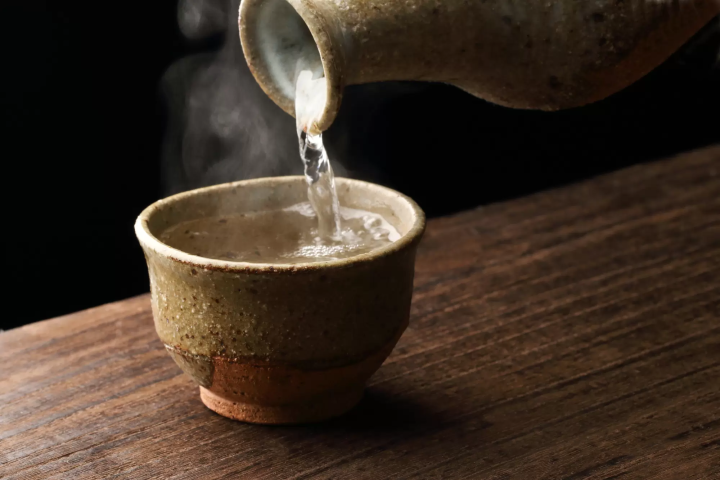
Japanese sake can be enjoyed hot or cold. However, the taste can change depending on the temperature. Listed below are the different types.
1. Kan-zake: Hot Sake
When Japanese sake is heated, it becomes easier to taste the flavor of the rice, and the umami spreads in your mouth.
| Temperature | Name | Characteristics |
| 55℃ and up | Tobikirikan | Sake is heated to a high temperature, bringing out a strong fragrance. It has a very dry taste. |
| 50℃ | Atsukan | The aroma stands out and has a refreshing taste. |
| 45℃ | Jokan | Has a mellow aroma and rich taste. |
| 40℃ | Nurukan | Heated slightly above body temperature, which increases the aroma and the rich flavor. |
| 35℃ | Hitohadakan | Heated slightly lower than body temperature, allowing you to enjoy the taste of the rice malt and the aroma of rice. |
| 30℃ | Hinatakan | A mellow flavor that brings out a subtle aroma without any dry taste. |
Read also
2. Hiya: Room Temperature Sake
In Japanese, the kanji character for "rei" can refer to something being cold. In this case, it doesn't mean cold sake but room temperature, which is typically about 20℃.
Other kinds of sake aren't suited to being consumed at room temperature. But when Japanese sake is served at this temperature, you can enjoy its original flavor.
In the days before refrigeration, there were only two choices: heated sake or room-temperature sake, known as hiya.
But nowadays, we have the additional option of sake chilled in a fridge. When telling the waiter at a shop what temperature you'd like your sake served, sometimes it's better to say "at room temperature" (jo-on).
3. Rei-shu: Chilled Sake
After the introduction of refrigeration, the consumption of rei-shu (chilled sake) has also increased. When you drink chilled Japanese sake, it has a more delicate and crisp flavor.
Therefore, we recommend drinking some chilled Daiginjo, as well as Soshu and Kunshu, to enjoy their refreshing taste.
| Temperature | Name |
| 15℃ | Suzubie |
| 10℃ | Hanabie |
| 5℃ | Yukibie |
7. Famous Sake Brands
1. Junmai Daiginjo Hakkaisan
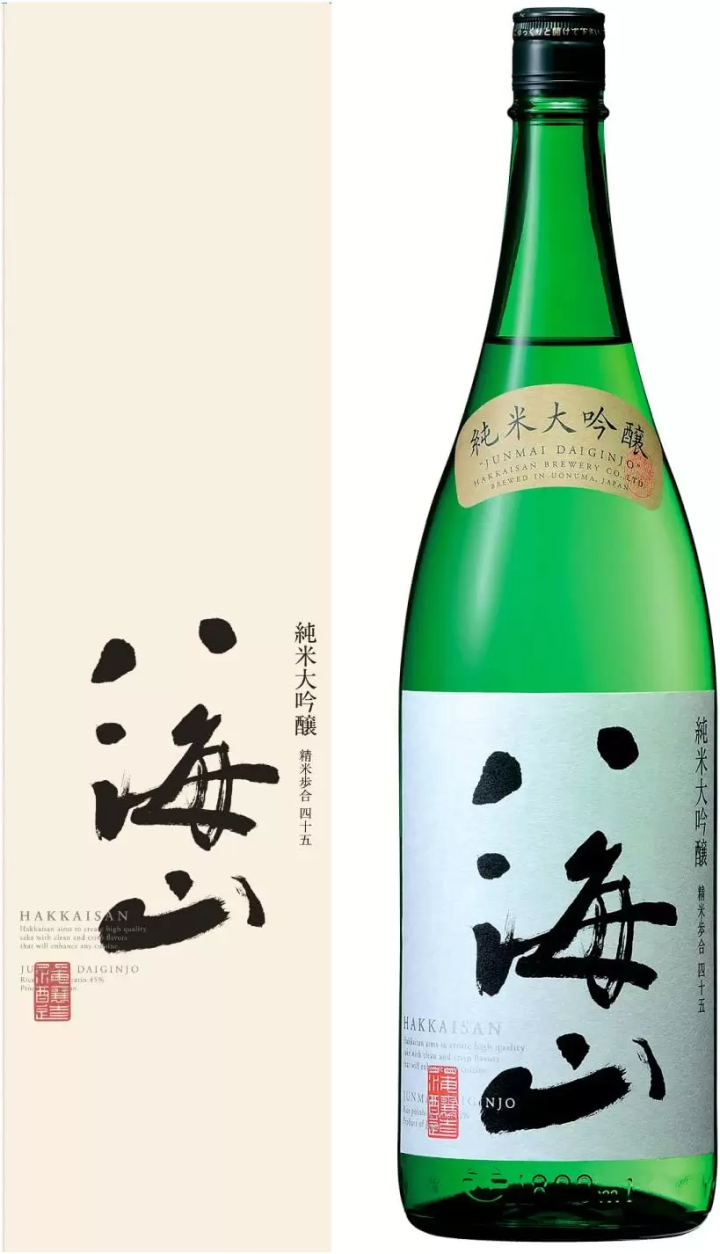
Picture courtesy of Amazon
Junmai Daiginjo uses Niigata's all-natural soft spring water, Raiden-sama no Mizu (Raiden's Waterfall). This sake has a fruity aroma with a delicate and moist flavor. It's a clean taste with no odors.
2. Dassai Series
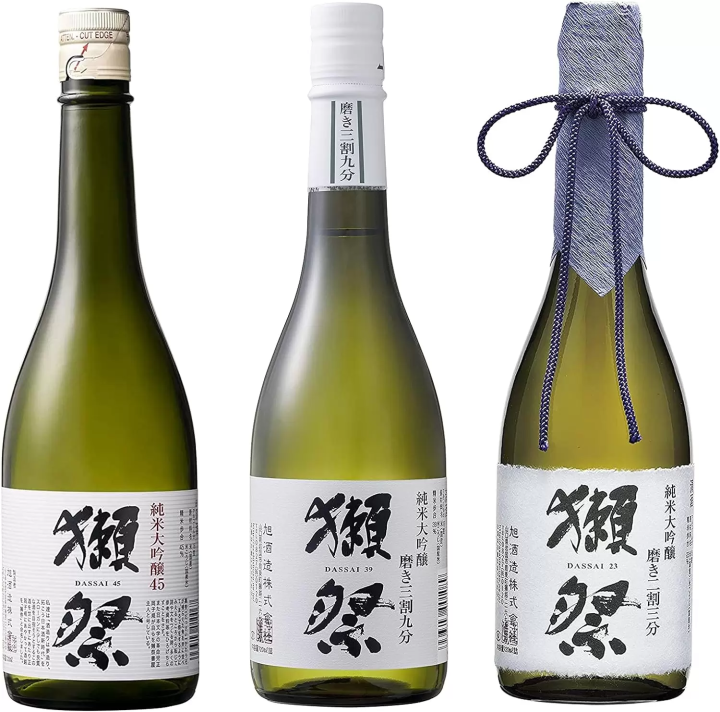
Picture courtesy of Amazon
Dassai's Junmai Daiginjo 45 became famous when it was featured at Japanese official state banquets. 45% of the rice is polished, so a distinctive rice aroma allows you to enjoy the mellow, fruity fragrance.
This series also features sake with 39% and 23% rice-polishing ratios. You can also purchase a sake set that offers various flavors.
3. Kubota Junmai Daiginjo
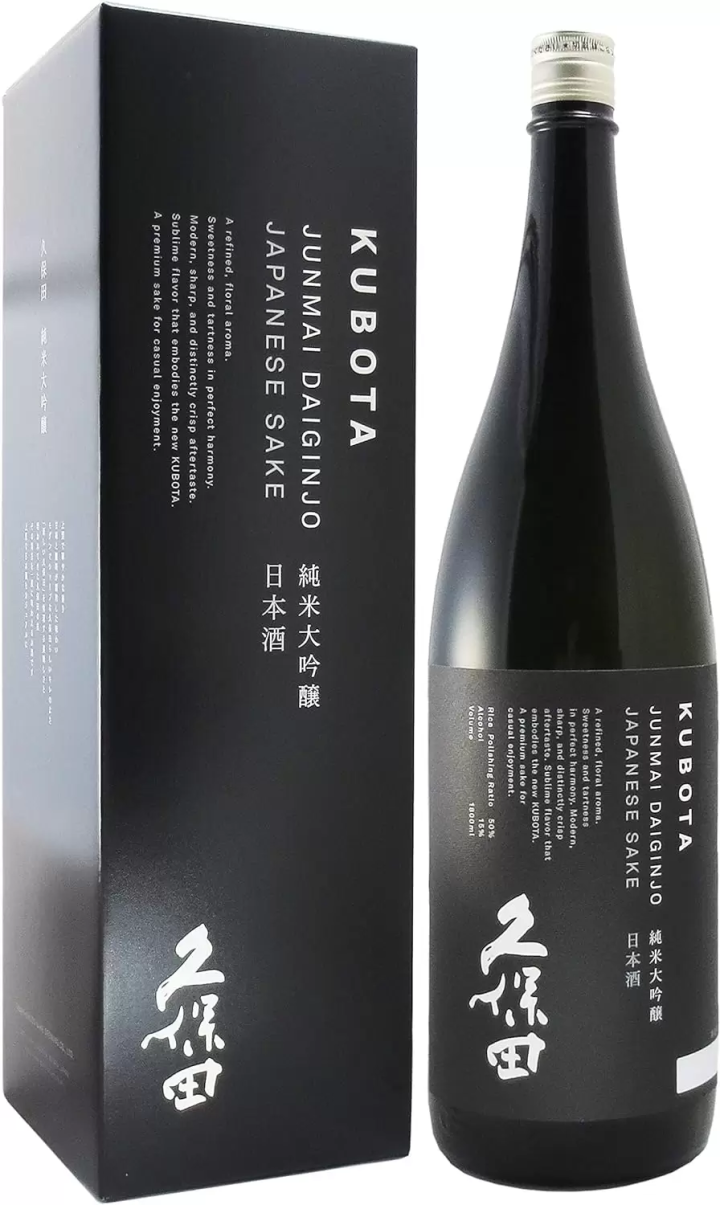
Picture courtesy of Amazon
Kubota Junmai Daiginjo has a crisp, refreshing taste and an elegant, gorgeous aroma. There's also a good balance of sweetness and acidity, so Kubota's uniquely sharp flavor is on full display here.
Read also
4. Jozen Mizunogotoshi Junmai Ginjo
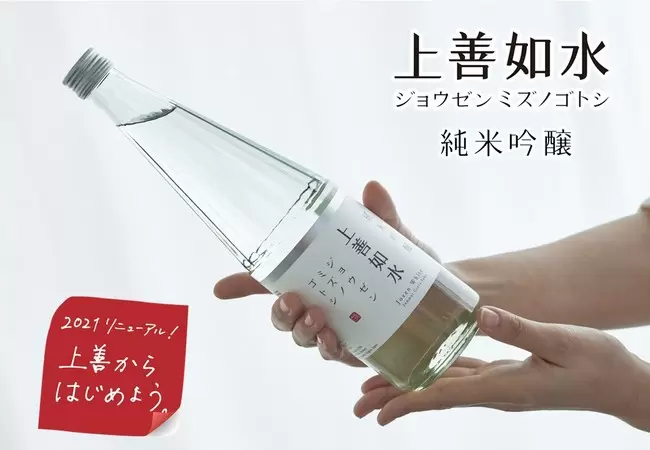
Picture courtesy of PR Times
Niigata's Jozen Mizunogotoshi Junmai Ginjo has a gorgeous fruity aroma and refreshing taste. It's perfect for drinking as is or as an accompaniment to a meal.
5. Junmai Ginjo Koto
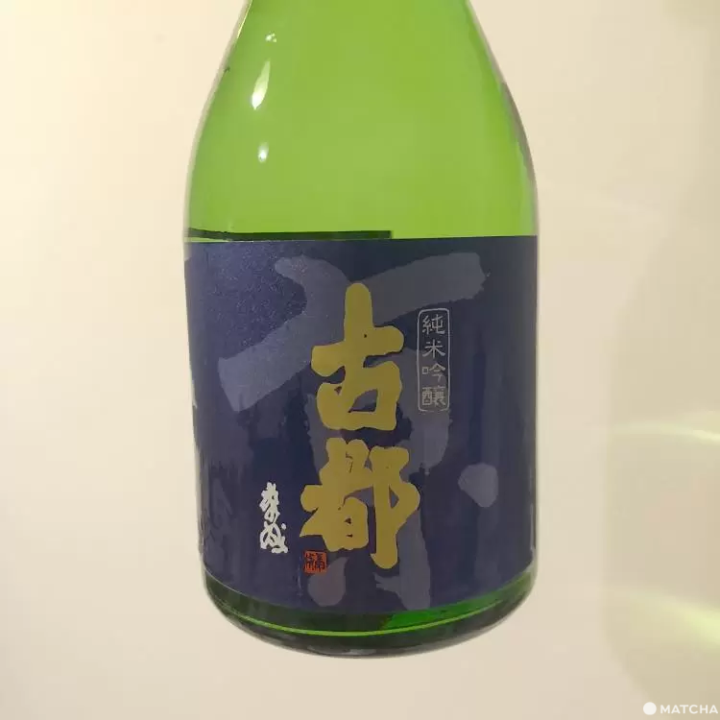
Sasaki Sake Brewery—the only existing sake brewery in the heart of Kyoto—is located at the north end of Nijo Castle. It's also home to the parents of actor Kuranosuke Sasaki.
The brewery's Junmai Ginjo Koto has a refreshing acidity and full-bodied sweetness, giving it a clean, crisp taste.
8. Regions in Japan Famous for Sake Production
In Japan, there are well-known sake-producing areas throughout the country. In these areas, many of the breweries also offer guided tours. Next, we'll introduce some of the more famous spots.
Hyogo Prefecture: Nada Gogo
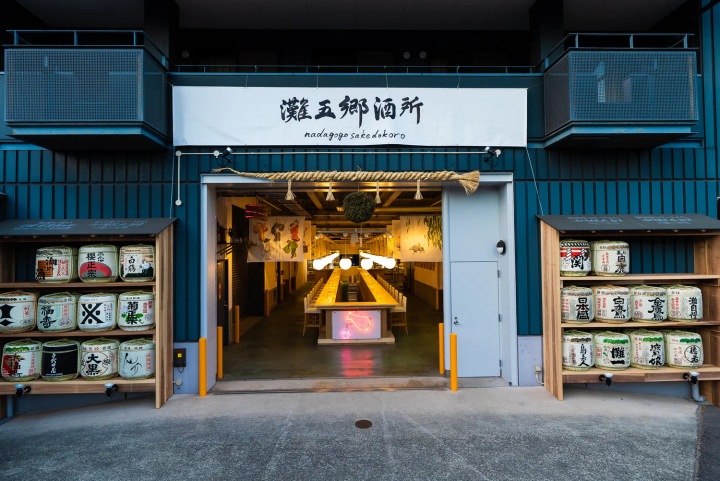
Japanese sake production has flourished from Kobe City's Nada Ward to Nishinomiya City along Hyogo Prefecture's coastline since ancient times. Nada Gogo refers to five famous areas for their sake production.
The groundwater in this area is particularly hard and rich in minerals. However, it contains almost no iron, a component that often affects the water's color and taste. The Nada area is also known as a production area for sake rice and is called Yamada Nishiki.
With its high-quality water and rice coupled with excellent brewing techniques, Nada is one of Japan's top three sake-producing regions.
Nada Gogo's new sake has an impressive taste and aroma due to its rich mineral content and high fermentation rate.
Breweries: Hakutsuru, Kiku-Masamune, Nihonsakari, Hakutaka
Read also
Kyoto: Fushimi
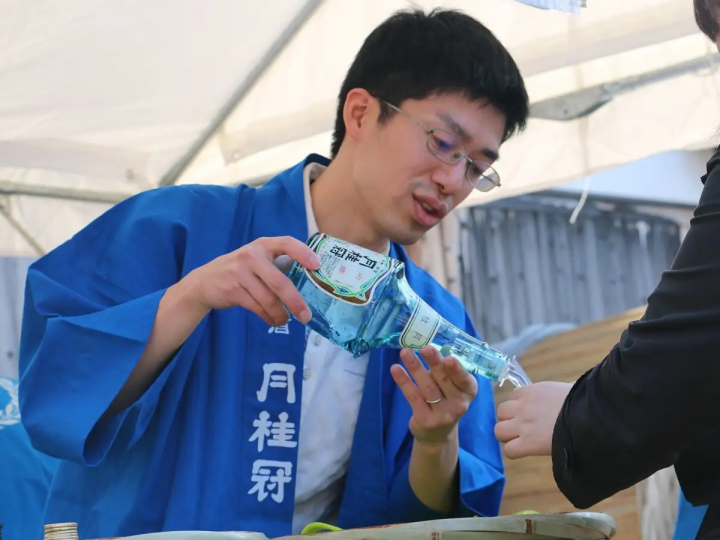
Picture courtesy of PR Times
Kyoto's Fushimi area has been a prosperous sake production area since olden times. It's estimated that sake production began as far back as the Yayoi Period, using their top-quality groundwater.
With the construction of Fushimi Castle by Toyotomi Hideyoshi, the large-scale development of this castle town, and the upkeep of the Uji River, Fushimi became a strategic point along this Kinki region waterway. Since it became easier to collect ingredients for sake making, many people were attracted to the area, and sake brewing flourished.
The water in Fushimi is hard and rich in minerals, including calcium and magnesium. However, compared to Nada's water, the fermentation process takes longer. For this reason, the Japanese sake brewed here has low acidity and a mellow taste.
Breweries: Gekkeikan, Kizakura
Hiroshima Prefecture: Saijo
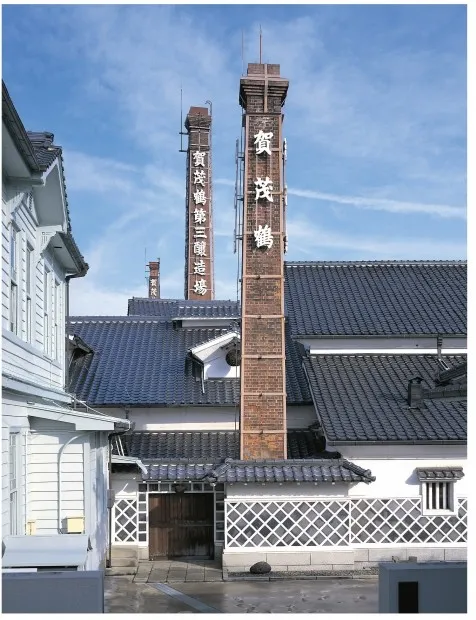
Higashihiroshima City's Saijo-cho, in the central part of Hiroshima Prefecture, has many sake breweries. It's also home to the National Research Institute of Brewing, where the latest brewing techniques are developed.
Saijo is located in a basin with wide temperature fluctuations, ideal for the cultivation of sake rice. There is also an abundant supply of top-quality groundwater.
However, the water here is soft, and in the beginning, few breweries could produce tasty sake. However, after Senzaburo Miura invented the "soft water brewing method" at the end of the 19th century, local sake brewing flourished.
Japanese sake, produced with soft water, has a more gentle and mellow taste.
Breweries: Kamotsuru, Fukubijin, Hakubotan
Niigata Prefecture
Niigata Prefecture has rice and water suitable for sake brewing. Since ancient times, it has been producing many delicious sake varieties. It's presently known as the kingdom of sake because it has the most breweries in Japan.
Breweries in Niigata use Gohyakumangoku, a sake rice with no unpleasant taste that is grown here in Niigata.
A slow fermentation process using soft water results in a delicate, pleasant flavor. Light and dry, it's a tasty sake that you'll never get tired of, regardless of how you drink it.
Breweries: Shirataki, Yoshinogawa
Read also
Enjoy Japanese Sake
The world of Japanese sake is profound and constantly expanding. Using this article as a reference, we hope everyone can discover their favorite Japanese sake.
If you have the chance to go on a brewery tour, you'll find that the Japanese sake tastes even more delicious.
Please don't forget that excessive drinking can be harmful to your health! Also, please remember it's illegal for those under 20 years of age to consume alcohol in Japan.
I used to live in Japan and managed to conquer 78 out of the 100 famous castles and 12 existing castle towers in 8 years. As a history enthusiast, I also have a passion for baseball and Japanese dramas, which have driven me to visit all 47 prefectures. I hope to convey not only the scenery of Japan but also more of its culture and way of life.







![[Hyogo Kobe] A thorough explanation of how to enjoy the sacred place of Japanese sake, “Nada Gogo”! We also introduce recommended sake bars!](https://resources.matcha-jp.com/resize/200x2000/2023/12/22-159241.webp)






























![[2026] Family Winter Trip to Suzuka Circuit! – For Both Day trips and Overnight Stays!](https://resources.matcha-jp.com/resize/720x2000/2025/12/26-254097.webp)
![[Northern Okinawa] 4 Recommended Cosmos Fields in Okinawa | Sunflowers and Cherry Blossoms in the Same Season!](https://resources.matcha-jp.com/resize/720x2000/2024/08/12-192028.webp)


